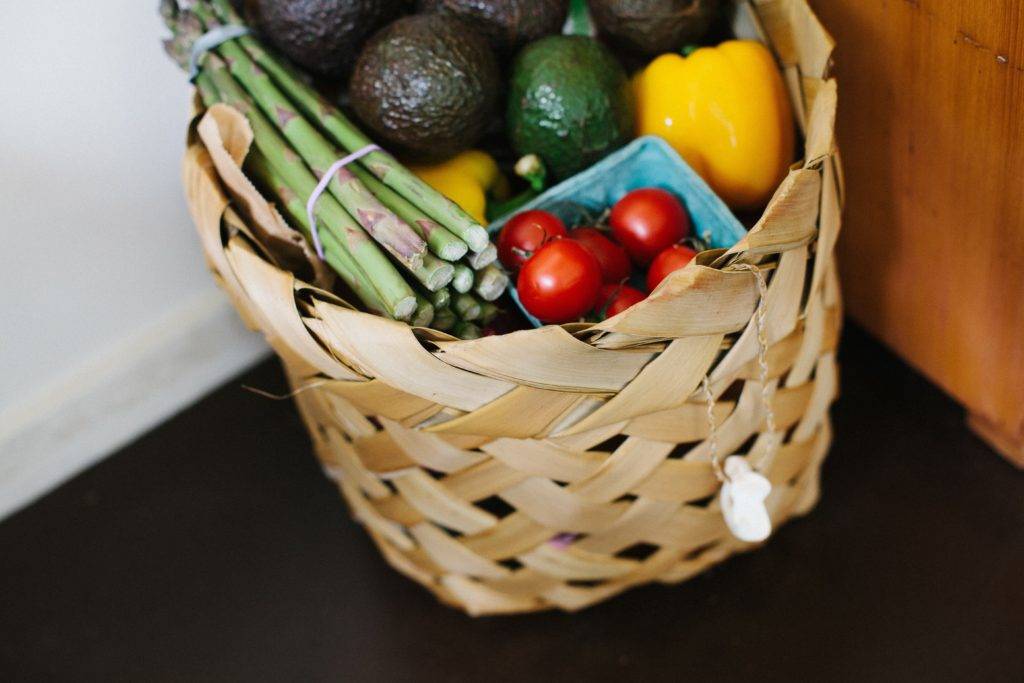Farmers will soon have a solution for water conservation, which is especially good news for those farms located in drought stricken areas, such as California.
Entering its fourth year of drought, California has imposed serious water restrictions, with the State Water Resources Control Board, even begging people to let their lawns die.
See also: Can IoT help save the rainforests?
Many avocado farmers in California have been affected by this problem and have turned to new methods in growing avocados such as higher density planting, which produces more fruit with the same level of water use. However, Spirent Communications’ work in bringing connected monitoring to these farms may solve this problem in a better way, and reduce the high cost of water usage in these areas.
To produce one pound of avocados takes 74 gallons of water, and most of the avocados grown in the United States are grown in Southern California, which is in the middle of a heavy drought and cut off from flowing surface water due to the state’s major irrigation projects. Therefore, avocado groves have been hit badly with extremely high water bills.
“Avocado trees typically take four acre feet (1 acre foot = 326,000 gallons) of water per acre, per year. This is not only to supply the needed water, but also to leach the salts which build up in the soil,” says Kurt Bantle, senior manager at Spirent Communications, a leading provider of verification, assessment, analytics and device intelligence solutions.
Smarter farming means more conditions monitoring
Kurt Bantle, has 900 young avocado trees planted in his backyard in Southern California. In his efforts to offer IoT as a solution, he decided to experiment with ways to grow these avocados using less water through soil moisture monitoring and automated irrigation. Bantle divided his farm into 22 blocks and placed two soil moisture measurement units into each block. The units each contain a LoRa unit for narrow band data communication to a LoRa gateway that has broadband cellular uplink connectivity functionality.
This gateway also houses a Spirent partner Oasis re-programmable SIM that becomes the enabler in remote water provisioning. All soil moisture data is gathered from the trees and placed into a cloud where the data is analyzed.
By closely monitoring the trees, sprinklers automatically turn on and water them at exactly the time more water is needed and shut off when the perfect moisture level is obtained.
“The soil moisture sensors let me drastically reduce water usage by telling me when to water and how deep to water to push the salts past the bulk of the rooting zone. The majority of the roots are in the top eight inches of soil so there is a sensor there and one at 24 inches so I can see when I’ve watered deep enough to get the salts out of the rooting zone,” Bantle states.
“The case study showed water usage reduction by 75%, but the usage will climb as the trees get bigger. The goal is to reach a 50% reduction of water usage when fully grown. By keeping the salts in check along with keeping nutrients supplied, stress on the trees is reduced and they are able to have better crop production,” adds Bantle.
Smarter can also mean more red tape to start
The only problems Bantle encountered in his experiment to harness the power of IoT to reduce water use was that he was placed under state surveillance for meter tampering.
Overall, the outcome of this project opens up many possibilities for the future of farming and irrigation. The connectivity solution provided by Spirent, along with its IoT partners, can apply to every type of fruit or vegetable farming, including olives, oranges and more.
The launch of Spirent’s Embedded Connectivity solution is scheduled for 2016, and will be done in phases so that the commercially available solution conforms to the corresponding GSMA specification releases.









